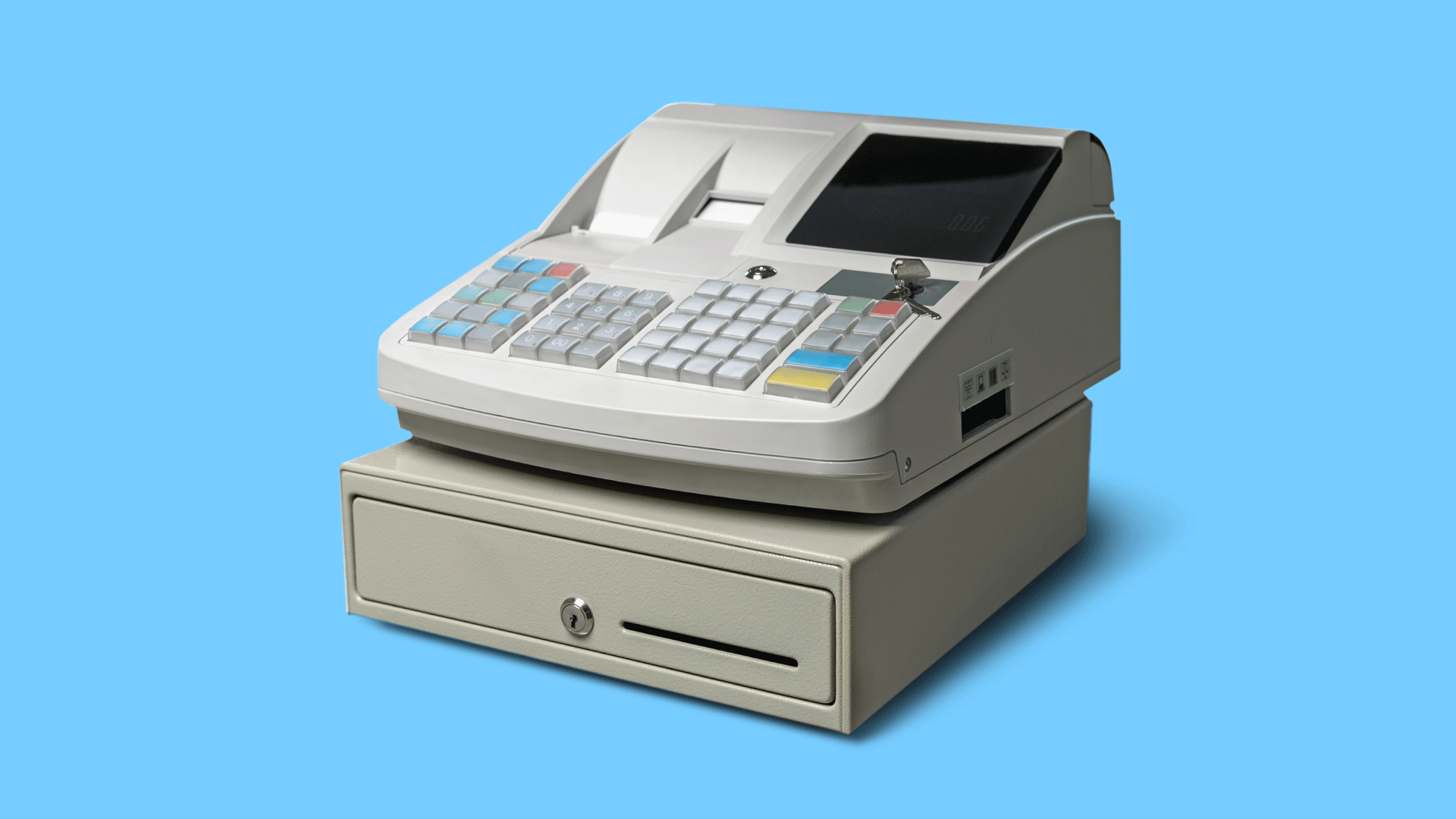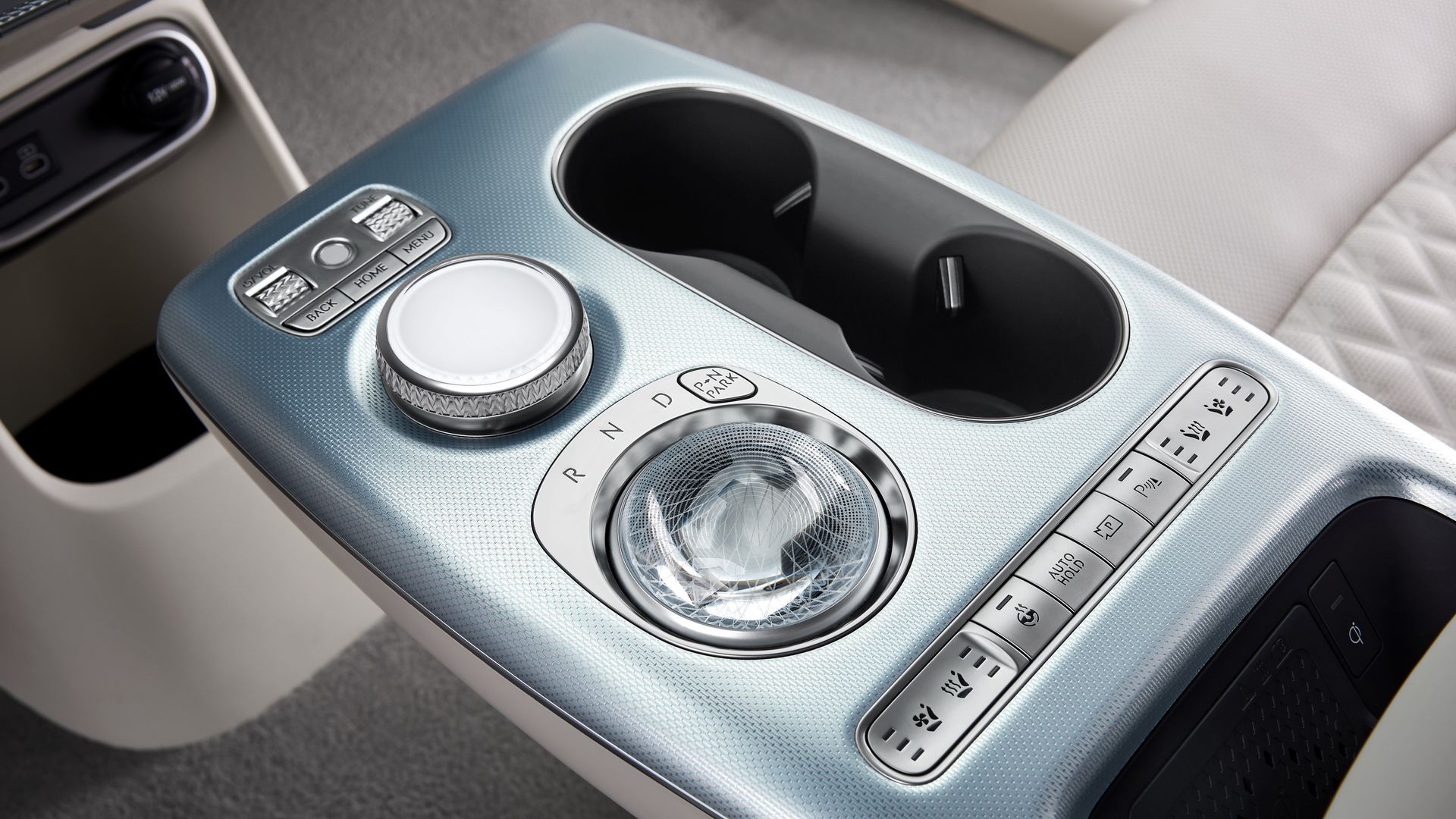| Walk into a store, take what you want, and leave without pulling out your wallet or standing in line — that's the vision for next-generation checkout, Jennifer A. Kingson reports. Why it matters: Huge sums are being spent on so-called frictionless checkout, which eliminates both human cashiers and those pesky do-it-yourself scanners. - Sophisticated artificial intelligence (AI) systems, now rolling out in supermarkets and convenience stores, rely on cameras and sensors to monitor what you pick up.
- They'll test our tolerance for a big-brotherish shopping experience — one that sends us more ads and "personalized recommendations" based on the Mallomars and Diet Cokes we bought.
Driving the news: Giant retailers are experimenting with advanced checkout systems meant to reduce our time waiting in line and scanning items. - Amazon's "Just Walk Out" (JWO) technology lets you enter a turnstile-protected store and get billed for the items you leave with.
- Grabango has a competing system, but without entrance gates — customers pay at an exit kiosk.
- Zippin's system involves tapping a payment card at an entrance turnstile.
A different paradigm employs a "smart" shopping cart that keeps a running tally of your purchases on a touchscreen upfront. - Albertsons is testing such a system with a vendor called Veeve.
What they're saying: "Checkout lines are one of the biggest bottlenecks in modern retail," Krishna Motukuri, CEO and co-founder of Zippin, tells Axios. - "The newer model is entirely checkout free — the customer doesn't have to do any extra work. That is essentially the game-changer here."
The Veeve shopping cart can weigh produce and keep track of what shoppers put in it. Photo courtesy of Veeve Where it stands: Systems that rely on consumers to scan-and-pay are notoriously balky and unpopular — yet increasingly ubiquitous, as retailers seek to cut costs. - Today's familiar self-checkout machines "are expensive to install, often break down and can lead to customers purchasing fewer items," CNN reports.
- They also seem to encourage shoplifting — so much so that Wegmans recently scrapped its app-based system due to loss. (Walmart had a similar experience.)
How it works: Next-gen systems use cameras and sensors in ceilings and shelves to follow you as you shop and keep tabs on what you select (and put back). - "We track people throughout the store like dots on a map," says Motukuri of Zippin.
- "The only way the dot is linked to a physical human is through the payment card," he said. "We don't use biometrics, so there's no way to tell who you are."
Another system — Grabango — doesn't rely on entrance turnstiles, but lets shoppers walk in freely and pay as they exit. Yes, but: A "mystery shop" of four JWO stores found shoppers were confused about how it works and had "a preference towards registers manned by cashiers," per a report by Alvarez & Marsal, a retail consulting firm. - A "Saturday Night Live" spoof of Just Walk Out tech highlighted skepticism among Black consumers, who are too often accused of shoplifting.
The bottom line: We already live with Siri, Alexa, the Ring doorbell and other "ambient computing" devices. Retail shopping looks like the next frontier. Share this story. | 









No comments:
Post a Comment